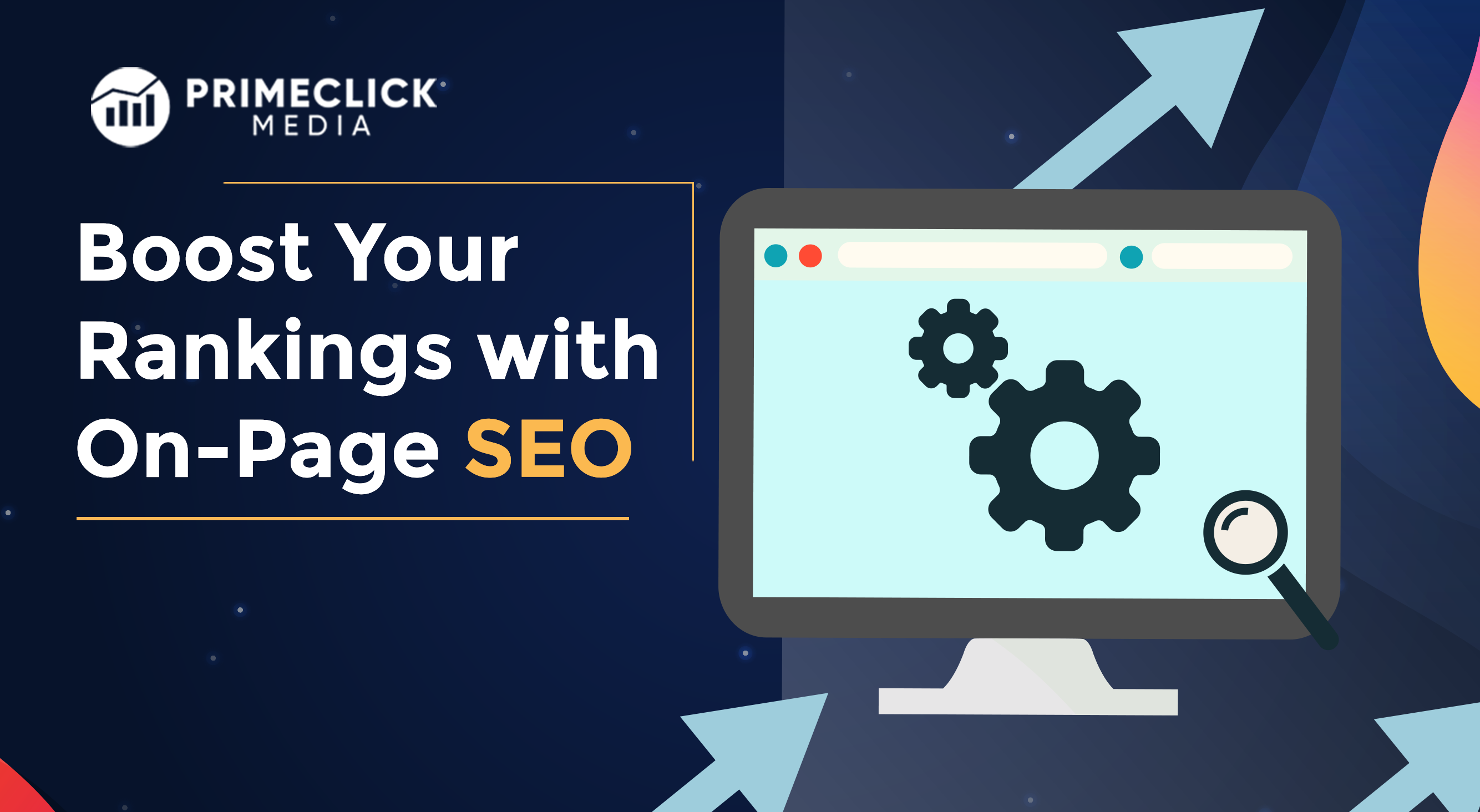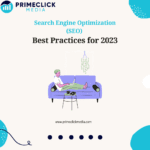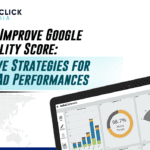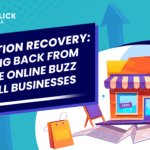Search engine optimisation is the heart of any website or digital ad campaign. It determines the success of your ads as it propels your visibility to your target audience. While off-page factors are important, on-page SEO is crucial to improve visibility and rankings. Continue reading this article to find out how to boost your rankings with on-page SEO.
What is on-page SEO?
On-page SEO refers to a combination of tools you use to improve your website’s visibility and ranking on search engines. These tools target on-site factors that the audience interacts with such as the content and page speed. It also includes creating content based on popular searches. Here are some key on-page SEO tools:
- Title
- Keywords
- Meta description
- Header tag (H1, H2 etc.)
- URL structure
- Images
- Alt text
- Internal linking
- Schema markup
- Relevant content
- Page speed and mobile responsiveness
How to boost your rankings with on-page SEO
Here are some tips to successfully implement SEO on your website:
1. Optimise your title and meta description
Your title is the first point of contact for the audience. Ensure that your title is descriptive, concise and matches the website content. It may be cut short if it is too long and the audience would only see it partially. Your meta description or meta tag is a summary of the website content. It appears under the title tag on a search engine result page. These two tools are not only useful to the reader, but they are also useful to the search engine. Search engines like Google can detect if your content is relevant with your title and meta tags.
2. Use relevant keywords
Keywords are the bane of every successful SEO and here is why. People are constantly searching for information using certain words. These keywords help search engines understand website content. They also rank them according to relevance for the searcher. Hence, conduct extensive research on popular keywords before you create content. Then, use these keywords in different parts of your webpage such as the title and meta description. It is important to use long-tail keywords that imitate human-like searches such as “restaurants in Surulere”. If you were to use this keyword for your title, you could use it this way, “The best restaurants in Surulere” or “The most affordable restaurants in Surulere”.
3. Optimise images and alt texts
Using relevant high-quality images in your content is a great way to capture a reader and simplify complex information. For example, if you are writing about “how to use a discount code on your website”, you can add a screenshot of the process. An alt text is a short description of an image. It is helpful for users who can not see your content. It also helps search engines understand the relevance of your content and rank your page higher.
4. Use header tags
Header tags are tags for dividing headings and subheadings on a website. They help to structure the content in terms of relevance or key sections. They are H1 to H6 and it is important to use each one in order of hierarchy. For example, you should use H1 for your title, H2 for a subheading and H3 for a subheading under an H2. You should use relevant keywords in your header tags for better readability and search engine optimisation. For example, some good H2s for an article on “The best Amala spots in Lagos” are:
- What are the best Amala spots in Lagos?
- How much do Amala spots cost?
- How to find an amala spot within your budget
5. Create internal links
Internal links are hyperlinks that direct the audience to another page on your website. This helps search engines understand your content and rank it as relevant. It also assists the audience in finding other relevant content on your website. This gives them the presumption that you are knowledgeable in the field and creates some form of trust in your brand. This is also a good way to generate a call to action for your products or services.
6. Post relevant content
While your post may be for advertising, it is important to post content relevant to your target audience. This is a great way to capture their attention and build trust in your brand. Such content can be listicles, news or monthly roundups in your field for readers to stay up-to-date. A good rule of thumb is a post that shows EEAT (expertise, expertise, authoritativeness and trustworthiness).
7. Page speed
It is important that your page loads fast and responds well on mobile devices. Google ranks webpages not only on content but also on user experience. This way, if your site does not rank high on search engine result pages, it may indicate that it loads slowly.
Conclusion
On-page SEO is no doubt a vital tool for digital advertising. A successful SEO requires the technical know-how to enhance your digital presence. These strategies can, however, be technical for businesses to implement. Book a free consultation with PrimeClick Media for a comprehensive guide to improving your site’s visibility and converting organic traffic.






